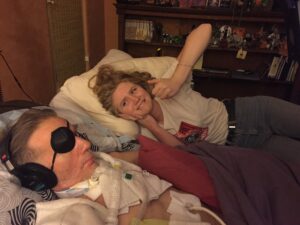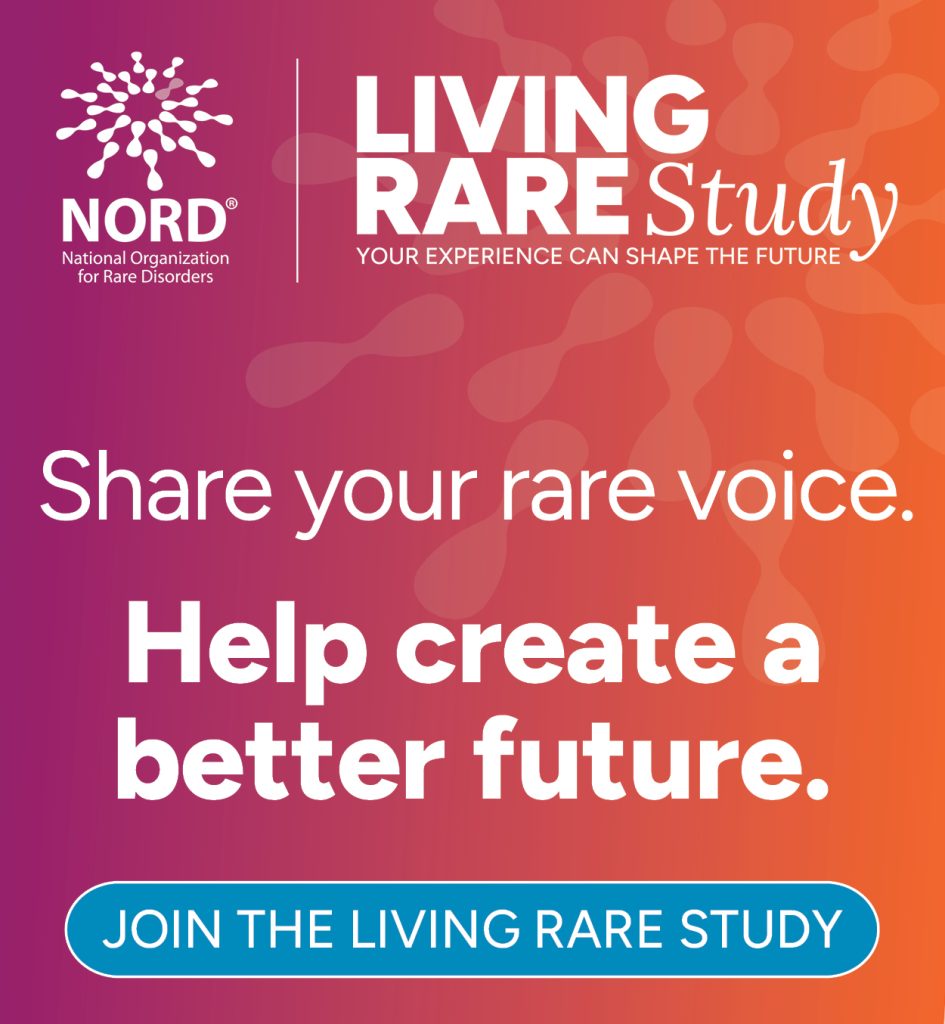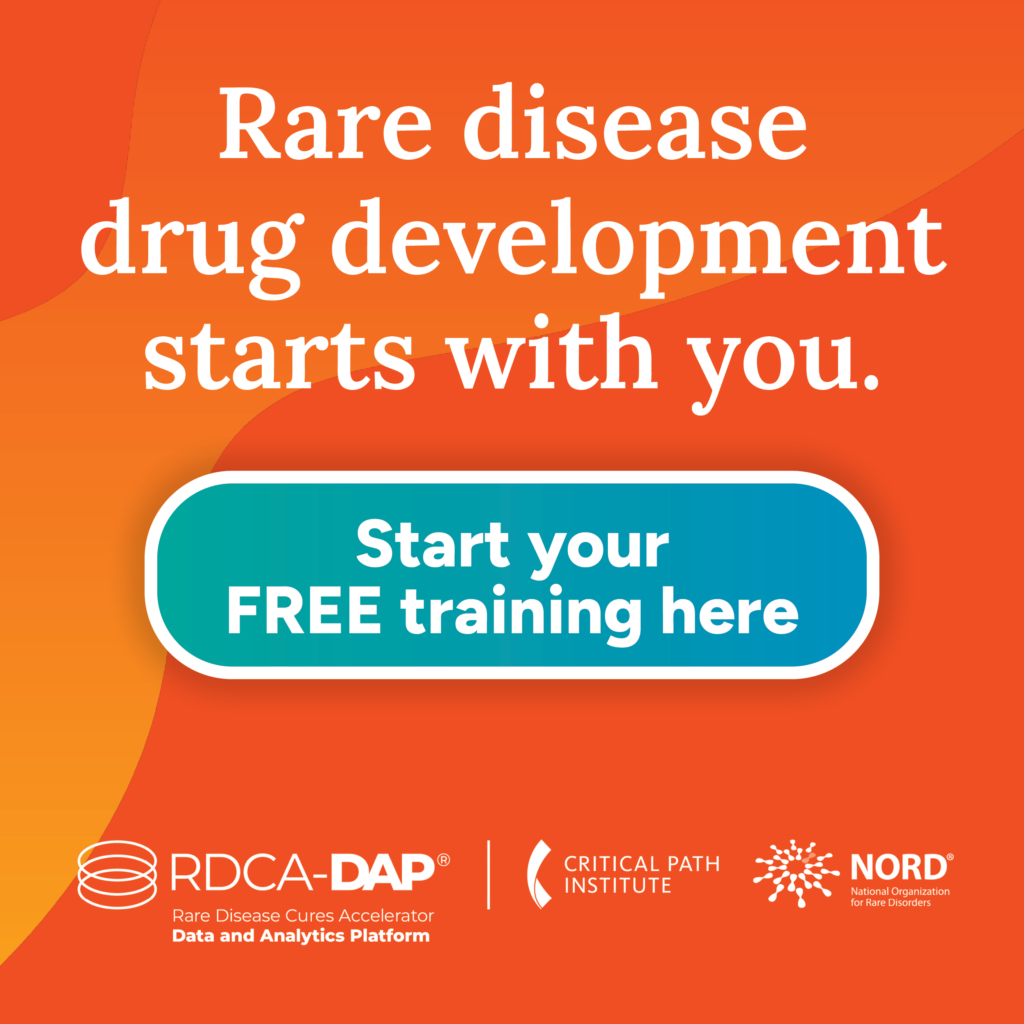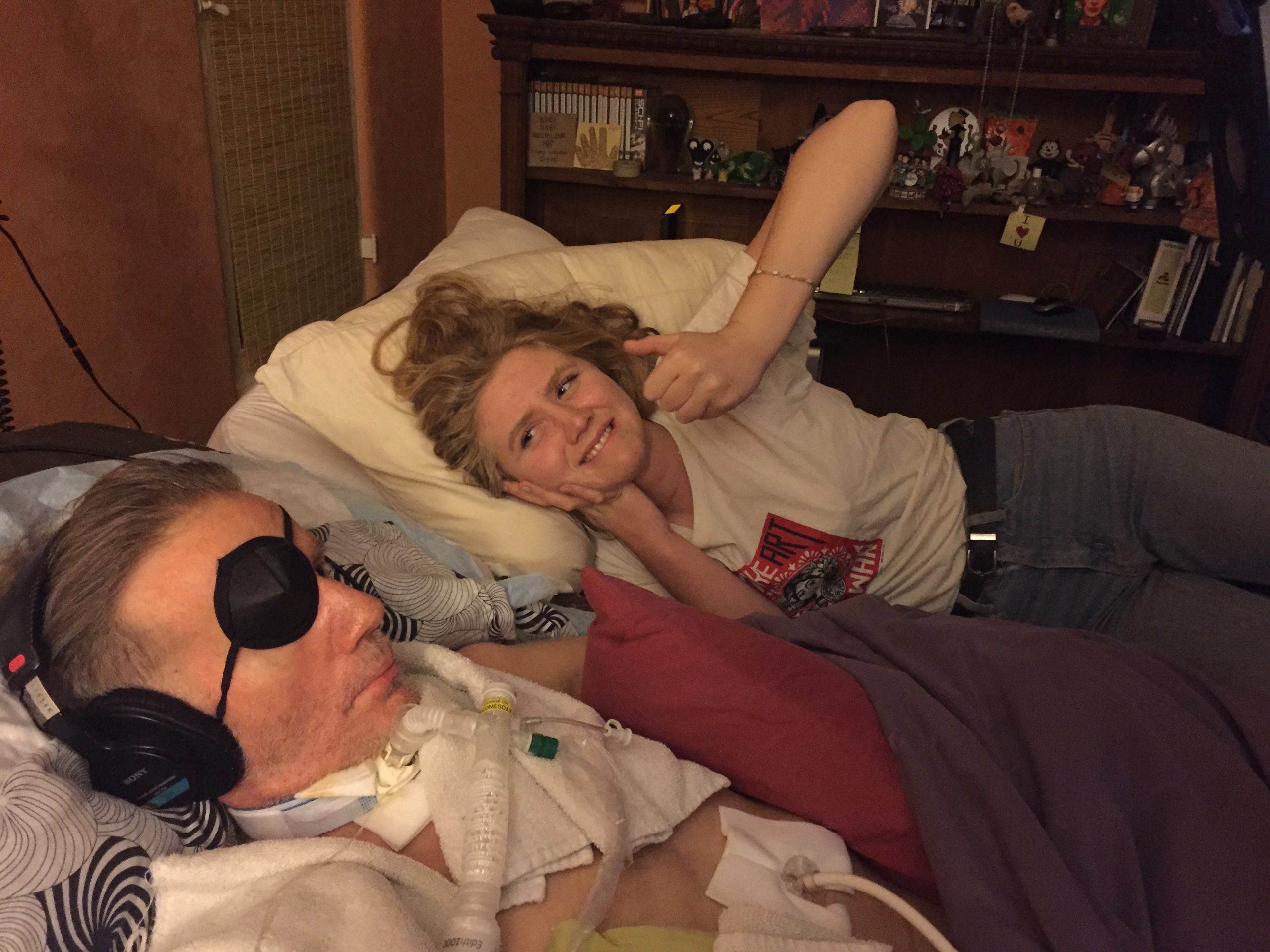
This story is about my husband, Tucker. In 2004, we began to notice that he wasn’t able to play guitar like he used to, as well as that he was stumbling and falling down more. We went to the doctor and eventually he was diagnosed with Lou Gehrig’s disease, aka ALS (amyotrophic lateral sclerosis). We were told he had three to five years to live. He was 44 years old and our daughter had just turned five. In the beginning, he would use a cane to help get around, then a walker. As time passed, he needed a wheelchair, until around 2010 when he was completely bedridden due to paralysis. He can no longer breath, eat, move, or speak on his own. However, Tucker is able to communicate and create incredible art through a computer he controls with his eyes.
When a loved one gets diagnosed with a rare disease, it is the beginning of an often lonely and frustrating experience. Constantly having to explain the disease makes one have to feel the pain of the initial diagnose over and over again. Searching on the web and in the community for more information and support. Finding so little. Seeing so little funding going into research. How exhausting to continually battle the health care system for attention as you watch the disease progress so fast. Feeling the constant pressure that you are behind the eight ball and if you don’t move fast enough and stay on top of the game, you could lose him. And at the same time, trying to raise a daughter to have a much of a “normal” life as possible as you watch her explain to her friends what is wrong with her Dad and they just shrug their shoulders “Your Dad has what?”
And because hardly anyone has heard about it, there is this question of whether they can “catch it,” and that makes you feel crummy. And even the doctors don’t like you much because they know there is nothing they can do to make it better. On top of it all, always hearing the doctors tell you he has three to five years to live. Oh, that was fifteen years ago.
Due to things like the Ice Bucket Challenge and Eddie Redmayne’s portrayal of Stephen Hawking, more people have learned about ALS and donated. However, because there is still so little that is known about the disease and so little funding, the future is not bright. Thanks to modern technology though, it is a lot more livable. From the machines that keep Tucker physically alive, to the one that keeps him creatively alive, modern technology has definitely improved his life.
My husband once said to an interviewer, “If I could show you how to die or, more importantly, how to live in the face of death, to show you that you don’t have to be afraid of anything, then I would not have to be disgusted to have lived. Then I could be proud. For some reason, that was important.”
Hopefully people will hear my husband’s story and be inspired to continue – continue living, continue striving, continue creating- continue doing whatever it is that they worry they can’t do anymore. Hopefully they will know that they are not alone in struggling in this thing we call life. Or as artist Sam Durant once said about Tucker, “Perhaps because of the physical incapacity, you’re just aware of how incredibly alive he is. You realize what that life force is when you see Tucker. It’s not in the body. It’s in the spirit, it’s in the mind, and I am always moved.”



